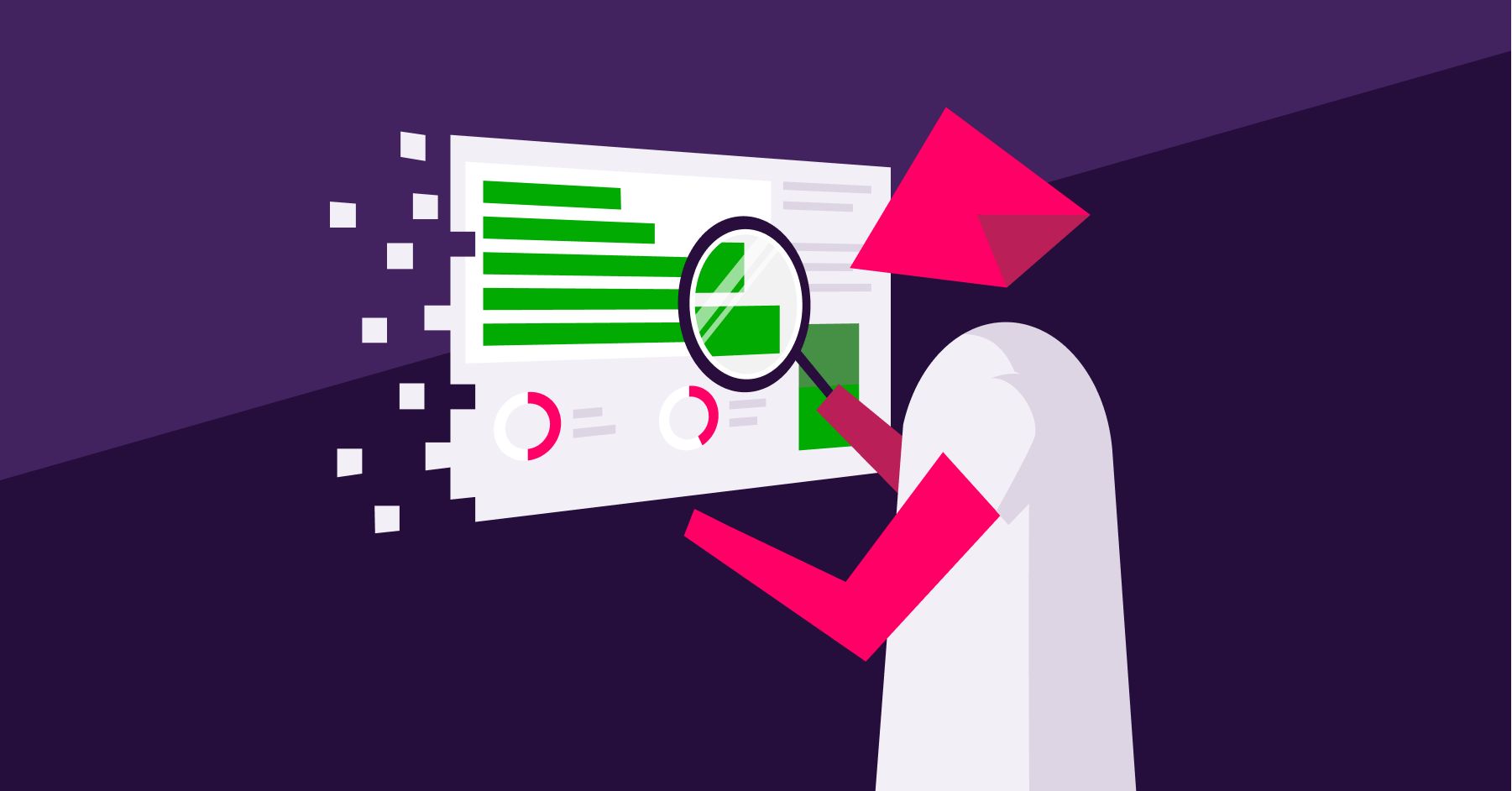Last year, Gartner Research noted the formation of a “nascent ‘techequity’ market” with workplace equity solutions, such as pay equity analysis software, in the foreground. Even in a cooling tech environment, digital transformation in HR is still a high priority and the equity tech category, specifically, is gaining steam. In fact, despite predicting an overall slowdown of the HR tech market in 2023, global HR analyst Josh Bersin stated he expects the pay equity tech category to remain “white hot” and continue to grow and innovate — and named Syndio as a leading pay equity solution provider.
What’s driving this momentum around digital transformation in HR and the focus on pay equity technology?
- Pay transparency has revealed how companies value jobs and employees. As salary ranges go public, it’s crucial to ensure that employees feel they are being paid equitably. According to Josh Bersin, “It isn’t the level of pay that creates employee engagement — it’s the fairness of pay.” Pay equity is essential for pay explainability: employees knowing why they are paid what they are paid. But it’s a challenge to embed pay equity in compensation management without technology.
- Workplace equity is needed to win in a tight labor market. Companies continue to be challenged in attracting, retaining and engaging talent. As Walmart’s SVP of Total Rewards Kim Lupo said, “The ROI [of workplace equity] for us [at Walmart] is around our ability to attract, retain, engage, and grow the amazing talent we need to fuel our business.” To prove progress to employees and job seekers, companies need to ground their workplace equity programs in data and analytics, which is made much easier with technology built for that purpose.
- External pressures are helping drive the push for more inclusive workplaces. At the 2023 Workplace Equity Summit hosted by NYSE, a panel of investors, venture capitalists, and innovators discussed the forces driving innovation and investment in equity technology, including emerging mandates from the Department of Labor and the new EU Pay Transparency Directive. These forces, in turn, accelerate the need for modern software solutions to measure, monitor, and report on progress over time.
Below, we lay out why pay equity analysis software is a prime area of focus for digital transformation in HR, and how to maximize your investment.
Why HR and Total Rewards leaders are investing in pay equity analysis software
Pay equity is an area that’s especially ripe for HR digital transformation because pay equity is not a one-time problem to be fixed, but rather an ongoing challenge that requires continuous attention. To do it right requires ongoing analysis and data-driven decision making.
The traditional annual, outsourced pay equity audit is simply too slow to keep up with today’s transparency demands — by the time a months-long audit has been completed, data and results are already obsolete. To satisfy the emerging business mandate of pay explainability, organizations need always-on technology that can adjust and rebalance the model as employees enter and exit. Additionally, to actually prevent issues from reappearing (rather than retroactively “fixing” them again and again), companies need powerful analytics to flag pay practices and inconsistencies in pay delivery that lead to pay inequities. To mitigate compliance risk, improve retention, and build trust, leading companies are adopting a year-round approach to equitable pay management — powered by pay equity analysis software.
Additionally, as the economy slows and budgets tighten, efficiency is coming into critical focus for many HR teams. Through automation, pay equity analysis software can help companies devote fewer resources and less time to analyses, as well as reducing remediation costs over time by helping to identify and address root causes of inequities.
As we move into an era of increased scrutiny around compensation practices, pay equity software is a must for any company looking to stay ahead of the curve. But not all tech is created equal. How do you separate the marketing hype from the must-haves? How can you ensure buy-in from key stakeholders? How do you ensure your investment pays off? Let’s dive in.
5 keys for evaluating and investing in pay equity analysis software
1. Involve a cross-functional team.
Pay equity has become a strategic priority that cuts across functions, stakeholders, and responsibilities — including Compensation/Total Rewards, Human Resources, People Analytics, DE&I, Legal (internal or third-party), Communications, Finance, and IT. Leaders from these areas will each have their own goals and areas of interest when it comes to evaluate pay equity software. For example, Legal will care most about compliance and privilege protection, Total Rewards about ease of use and remediation methodology, IT about data security, and HR leaders about the analytics and visualizations the tool can provide to help them elevate their conversations with other executives and the board.
The first step is to bring together a cross-functional team in order to align these overlapping priorities, achieve consensus on your main evaluation criteria, centralize efforts, and coordinate communications.
2. Know your must-haves — and your deal-breakers.
There are a few flags that can help you quickly differentiate top tier pay equity analysis software solutions from the crowd. Most pay equity software can tell you what pay disparities you have and who they impact, but fail to pinpoint why those disparities are happening in the first place. Below are seven features and capabilities you should prioritize to ensure you get maximum value out of your investment:
- Best-in-class methodology: Look for software that has proven, expert-validated methodology around groupings, controls, and remediation to strengthen the accuracy of the analysis.
- Root cause prevention: It’s important to have the capability to analyze root causes of inequities so that you can permanently eliminate them. By addressing root causes to prevent issues, remediation costs should decrease over time.
- Ongoing expert support: For something as crucial and complex as pay equity, you need ongoing support from experts who can provide guidance for analysis methodologies, compliance expertise, and communications advice. Support that’s limited to a fixed number of hours, offered through a call center, or billed by the hour won’t cut it.
- Global pay equity capabilities: Top-tier software simplifies global pay equity by enabling quick and easy analysis across countries and employee groups. One-click reports for global statutory pay reporting allows companies to comply with different regulations while saving time and resources.
- Vetted by lawyers to mitigate legal risk. Given the complicated legal aspects surrounding pay equity, it’s important to feel confident that the solution you choose has been approved by legal experts who understand how to protect privilege.
- Goes beyond pay to close pay gaps: By leveraging a full workplace equity platform to measure, forecast, and and report on all aspects of equity in the employee lifecycle, companies can create a fair and transparent environment, building trust and boosting retention.
→ Get the Pay Equity Software Buyer’s Guide for questions to ask, an RFP template, and evaluation checklist
3. Plan ahead for objections.
Under current economic constraints, internal objections to investing in pay equity software can be a significant hurdle. While addressing pay inequity and achieving equal pay has proven long-term benefits, some leaders may still view it as non-essential or would rather allocate limited resources elsewhere. Build a strong case for why your pay equity process is overdue for digital transformation: why is this software the right tool right now? How can it help you better defend your pay decisions, mitigate risk, and ensure fairness? What efficiency gains do you expect?
Don’t focus on technical aspects, but paint a narrative for why this investment matters and the impact it can have on the business. The risks associated with potential legal ramifications, transparency legislation, and employee/investor relations require a trusted, credible solution backed by sound methodology. This means investing in a tool that is validated by legal experts, is purpose-built for pay equity, includes ongoing expert support, and tackles problems at their root.
4. Have a clear plan for how you plan to measure ROI.
As the equity tech panel at the 2023 Workplace Equity Summit stated, companies have to be strategic about their equity tech investments. When looking to invest in equity tech such as pay equity analytics software, solutions must be something that solves a need-to-have, not just a nice-to-have. They must also have the potential to make a considerable impact on key business outcomes, whether that’s reducing remediation costs over time, improving employee sentiment and retention, or helping attract top talent. Be very clear ahead of time how you define success for this initiative and how you plan to measure results. To demonstrate ROI, you need to be able to correlate your use of the tool with the outcomes you are trying to achieve.
5. Think long-term.
As salaries and pay gaps go public in the pay transparency era, the need for pay explainability has become a top priority for every employer. However, once employees understand their pay structure, they may ask more challenging questions about career advancement and opportunity and representation disparities. Additionally, even as companies solve pay equity, their pay gap can remain difficult to budge due to its roots in opportunity and representation inequities. All of this makes pay equity the onramp to a broader requirement: workplace equity.
For Total Rewards and HR leaders seeking to future-proof their investment in pay equity software, it’s important to anticipate the ways in which their scope of work is likely to expand. While a pay equity point solution may address current pay equity issues, it won’t be able to zoom out to evaluate the bigger picture of workplace equity at your organization. Leading companies are turning to comprehensive workplace equity analytics platforms that can measure and measure and improve all facets of workplace equity — from reducing pay gaps to hiring, promoting, and retaining employees equitably.
Get maximum value out of your investment
Whether you’re looking to complete your first technology-driven pay equity analysis or hoping to revamp your existing process, it’s important to ask the right questions when evaluating your options. Get the Pay Equity Software Buyer’s Guide for a list of over 50 questions to ask, proof points for objection handling, and an RFP template.
The information provided herein does not, and is not intended to, constitute legal advice. All information, content, and materials are provided for general informational purposes only. The links to third-party or government websites are offered for the convenience of the reader; Syndio is not responsible for the contents on linked pages.



